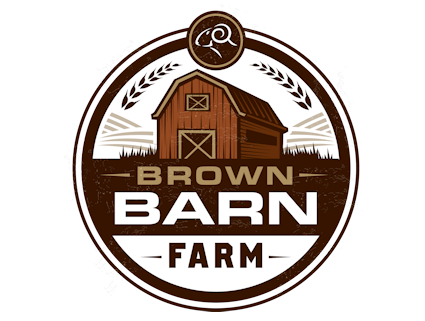Lamb or Sheep are mammals known as ruminants that have unique digestive systems that enable them to stay healthy on a diet of grasses and forage plants. The word “lamb” refers to meat from a sheep that is less than a year old prior to slaughter. (Meat from adult sheep is called “mutton.”) Many lambs are brought to slaughter often between six and nine months of age.
Lambs are initially nursed by their mothers, this is a crucial time for the development of the animals immune system with the consumption of colostrum in the mothers milk to build the immunity system of the young lamb. The quality of the mother’s diet also plays an important role in the eventual nutrient density of the lamb milk. When young lambs are weaned from their mother’s milk and begin consuming solid foods, They begin feeding on pasture which provides the best nutritional option for the lambs.
Americans due not consume as much lamb as some of the other countries in the world (less than one pound per year). Which might be a factor in the health of the average American diet.
Lamb is also good source of vitamin B12 and also provides important amounts of the B vitamins B1, B2, B3, B6, folate, biotin, pantothenic acid and choline. Vitamins B6, B12, folate and choline are especially important for healthy metabolism of homocysteine and can help prevent unwanted accumulation of excess homocysteine in the body. High blood levels of homocysteine are a key risk factor for cardiovascular disease.

Lamb is often unranked on lists of glycemic index (GI) values due to its virtually non-existent carb content. This absence of carbs in lamb might allow the very broad B-vitamin content of lamb to help support metabolism of other carbs provided by other foods that were consumed alongside of the lamb. (Vitamins B1, B2 and B3 are especially important in optimal functioning of enzymes in carbohydrate metabolism.)
Trimmed lean cuts (like loin and leg) from pasture-fed lamb provide a ratio of omega-6:omega-3 fat of approximately 5:1. According to repeated research findings, this ratio falls into an ideal range for lowering risk of heart disease.
Health Benefits
Grass-fed lamb is a significant source of omega-3 fats, a fat associated with decreased risk of inflammation and possibly with reduced risk of heart disease.
Conjugated Linoleic Acid (CLA) is found in variable amounts in grass-fed lamb. Increased intake of this nutrient has been associated with reduced inflammation and reduced body fat in some, but not all, research. Why is it so awesome that lamb contains this acid? For starters, CLA has been shown to help aid fat loss and improve lean muscle mass.

About 40% of the fat in grass-fed lamb comes from oleic acid, a monounsaturated fat. This type of fat (for which extra-virgin olive oil is famous for) has been associated with decreased risk of heart disease.
Grass-fed lamb is a very good source of selenium and a good source of zinc. Healthy intake of these minerals is a protective factor against oxidative stress in the body.
Zinc can be found in cells throughout our bodies, and it’s absolutely essential to optimal immune health, along with wound healing, DNA and protein synthesis, as well as growth and development in children.
When it comes to immune health, if you don’t get enough zinc on a regular basis, your immune system is not going to function as it should, which means you’re more likely to have all kinds of health problems ranging from the common cold to more serious infections like pneumonia. Consuming lamb meat and other zinc-rich foods can help keep your zinc levels in a healthy place and boost your overall immune function.

Lamb meat is loaded with vital protein. Just one three-ounce serving of lamb meat contains over 23 grams of protein. Protein intake is important to everyone, but the more active you are, the more important it is that you get enough protein in your diet. Protein does so much for the body, including providing it with slow-burning, sustainable fuel. It also helps your body build, repair and maintain muscle mass.
The protein found in lamb meat is made of essential amino acids, which can only be obtained through our diets. Animal protein sources like lamb meat are considered “complete proteins” because they contain all essential amino acids. Other non-meat protein sources, like vegetables, grains and nuts, typically do not contain at least one or more essential amino acids.
Where to Purchase Lamb?
It’s also best to buy organic and grass-fed to get the highest-quality lamb meat possible. When you choose American Lamb you support local family farmers and ranchers throughout the United States who are dedicated to the health and welfare of their animals and the land. They are living the adventures of the lamb life every day to bring you the best quality meat in the most natural way. The farmers and ranchers that are raising your lamb are family focused, entrepreneurial and food artisans who are passionate about the process from start to finish.
Lamb Recipes

